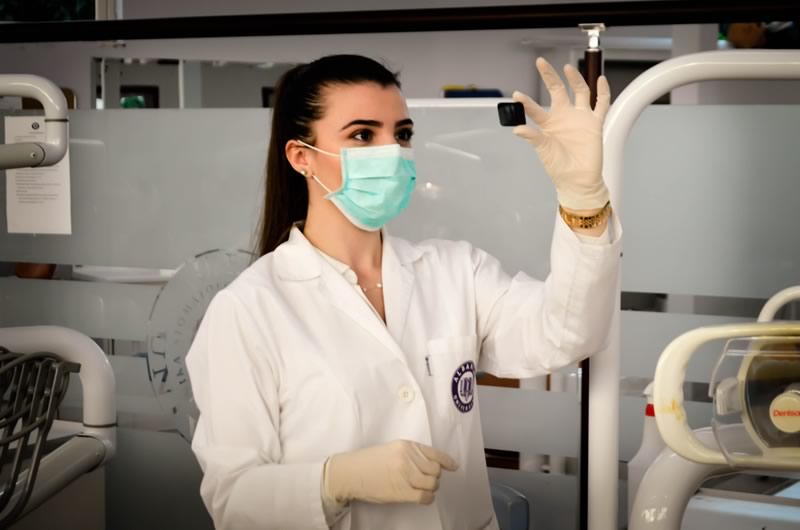CAPPA was delighted to have been recently published in Analytical Chemistry, with an article that focused on Deep UV laser induced fluorescence for cleaning validation. Analytical Chemistry is a biweekly peer reviewed scientific journal, which has been published since 1929 by the American Chemical Society and has an average impact factor of six.
Cleaning validation is a required activity within the pharmaceutical and biological industries. It has a massive impact on plant efficiency, utilities and resources. In some cases as much as 50% of the time is spent engaged in cleaning, resulting in a significant impact on downtimes, costs and changeovers. This has become even more problematic in recent years with an increasing focus on smaller production volumes and in increased numbers of changeovers. From both a regulatory and industry standpoint, cleaning validation is recognised as an important activity to establish that product cross contamination is controlled to ensure patient safety and product quality, and forms an important component of Process Analytical Technology (PAT). Cleaning Validation is an on – going activity within these cGMP compliant environments, which necessitates the investment of significant resources and time. Current analytical ways for validation of the cleanliness of the environment include; HPLC/UPLC Total Organic Carbon (TOC), UV and conductivity.
Due to the limited number of mobile devices that do effective and accurate onsite cleaning verification, it is mostly done via lab – based quality control techniques. These techniques, often lead to extending the validation of cleaning by days. The void of more sensitive, accurate and portable instruments to verify cleaning onsite has to be filled. The paper discusses the use of DUV laser – induced fluorescence for detecting carryover of API’s and detergents onsite. A modified spectrometer is used as an offsite bench type prototype for analysing trace samples of API and cleaning detergents with various substrates. even if the API to be detected has a low fluorescence efficiency, the specificity of the technique allows API concentrations as low as ≈ 0.20 μg/cm2 to be identified. The work also shows the possibility of using a probe for validating cleaning of hard to reach areas using DUV laser – induced fluorescence. The outlined technique has better signal to background ratio (SBR) compared to FTIR absorption techniques. Processing times are shown to be much less, than swab – based methods.
You can read the full paper here and you can learn more about CAPPA’s work in the pharmaceutical sector here.



